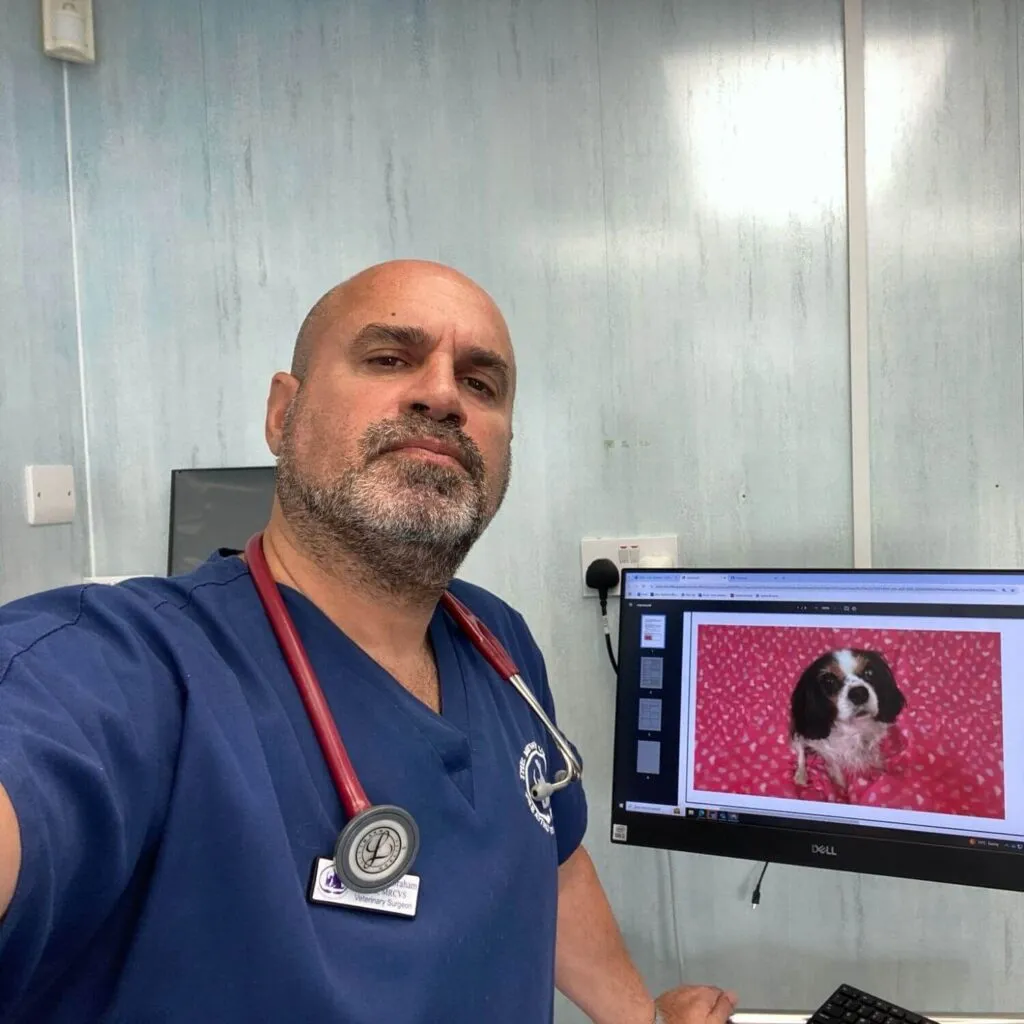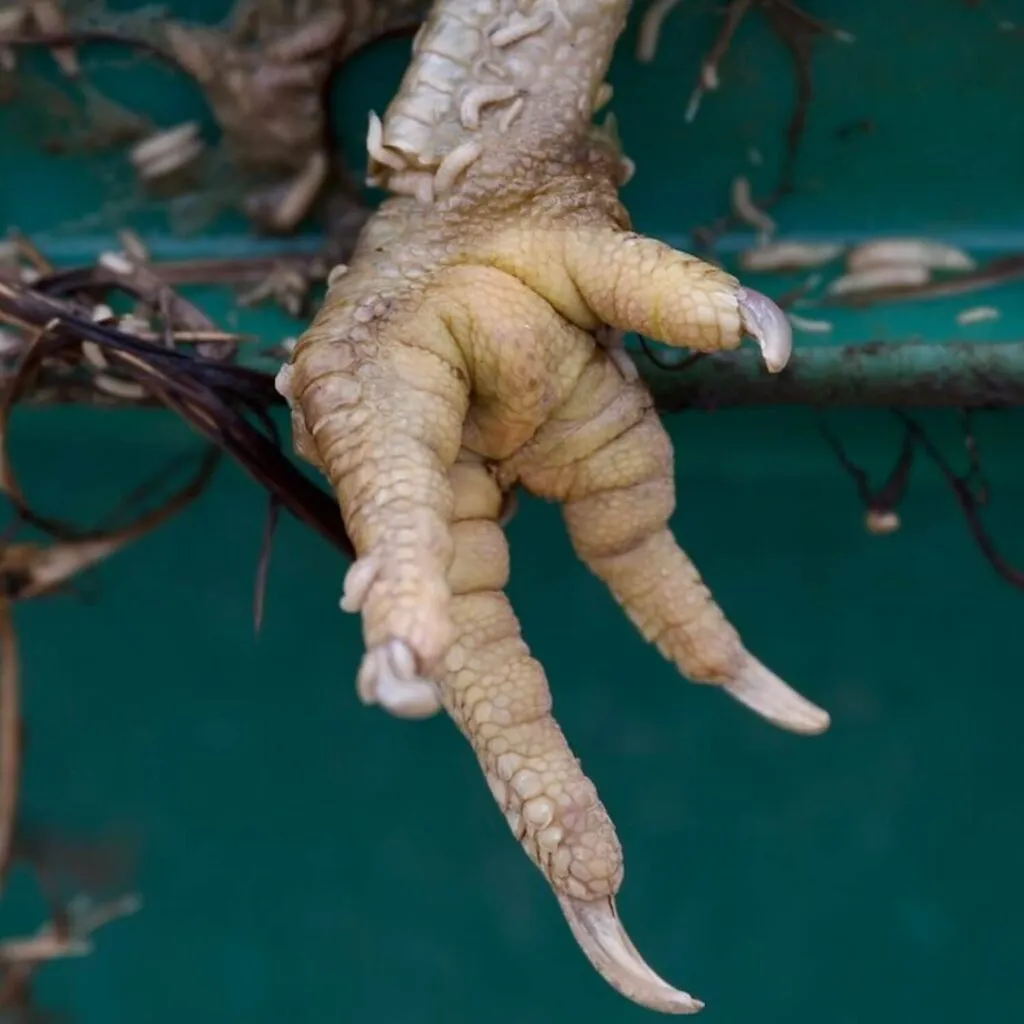
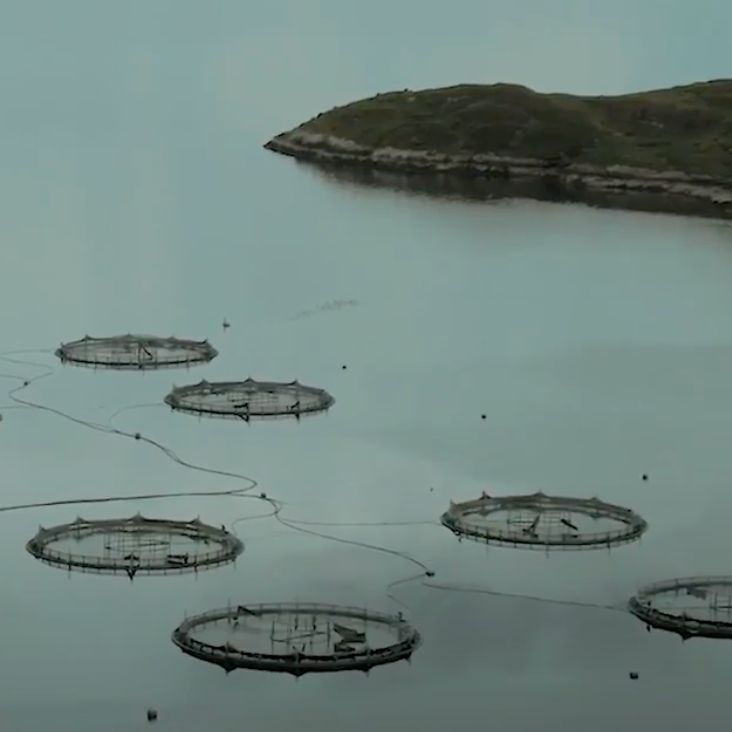
3 Facts That Will Change Your Mind About Fish Farming

In the UK, up to 77 million fish are farmed and killed each year. The British aquaculture industry is dominated by the farming of Atlantic salmon and of trout.
Wild salmon and trout have been overfished in the UK. Because of this, the fish products that you see packaged in the supermarket are most likely to have come from fish farms.
These facilities are basically floating factory farms, where fish often spend their brief lives confined in cramped, dirty and lice-ridden pens, waiting to be sucked up onto boats for slaughter or transport to land.
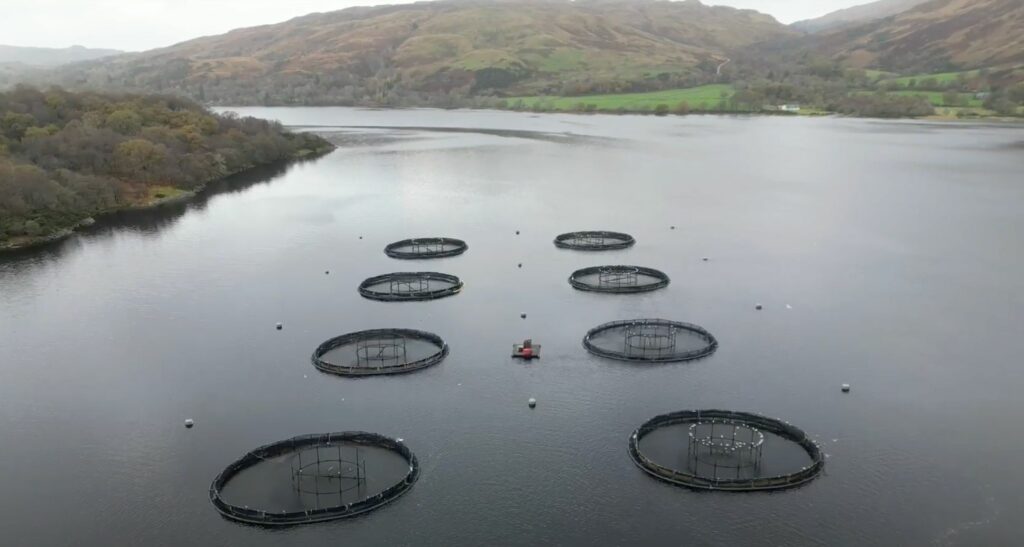
The aquaculture industry is one of the most secretive industries, with very few people knowing what happens to fish on farms and at the time of slaughter.
In this article, we expose three shocking facts about fish farming.
#1: Millions of Fish Die Before They Even Make it to Slaughter
Fish are farmed in unnatural conditions. They are confined in dirty, crowded pens often leading to the spread of diseases and lice among fish.
The unnatural conditions that these sensitive animals are subjected to during their lives cause many to die prematurely.
According to a report from industry membership body Salmon Scotland, 2.8 million farmed salmon died on-farm in Scotland in September 2022.
And this isn’t an isolated incident. The salmon industry in Scotland has been reporting these kinds of figures for months now.
In 2022, major salmon company Bakkafrost reported cumulative death rates of 80.2%, 57.7%, 42.3% and 39.1% across several months.
And this time last year, Bakkafrost reported a staggering 82.1% cumulative mortality rate at its site in Druimyeon Bay, meaning four in five fish didn’t make it to the slaughterhouse.
According to these reports, an estimated 20 to 30 million farmed salmon may be dying on-farm on average each year.
In late 2022, an Animal Equality investigator went to Scotland to document the reality of fish farming and using a drone filmed the moment when workers at the farm were fishing the dead salmon out of the water in a huge net.
#2: Crowded Pens
According to Salmon Scotland, the water-fish ratio is 98.5% to 1.5%. However, they do not specify how this is measured.
The footage that our investigators collected in Scotland in late 2022 clearly shows trout and salmon crammed into pens, where they have little room.
According to fish expert Mark Borthwick, “Schooling is not a normal behaviour for these solitary predators so they are likely swimming away from one another for fear of cannibalism, the result of a highly unnatural, stressful environment.”
In addition to causing stress to fish, crowding can facilitate the spread of diseases and can lead to aggressive behaviours like cannibalism.
When not given enough space, Atlantic salmon become stressed and aggressive. They are territorial when young and migrate large distances as adults. These cages are essentially tanks that confine the fish and prevent them from carrying out some of their natural behaviours.
Dr Lynne Sneddon, Department of Biological and Environmental Sciences, University of Gothenburg
#3: Fish Slaughtered While Fully Conscious
Despite the huge numbers of fish farmed and killed every year in the UK, these animals receive little legal protection.
According to the Animal Welfare Act (2006), fish are protected against ‘unnecessary suffering’ and farmers are required to ensure that their ‘needs are met’.
However, the law fails to provide specific rules and obligations. This leaves room for interpretation of what ‘unnecessary suffering’ means.
The slaughter of farmed fish can happen on land, which means that fish will be sucked up from the water, loaded onto trucks and transported to a slaughter facility. They can also be killed at sea on slaughter boats.
Whether on land or at sea, the slaughter process is often purposely hidden from prying eyes making it hard to tell if rules are being broken.
Animal Equality documented the killing of fish under both scenarios.
In 2021, we released footage captured inside a salmon slaughterhouse in Scotland showing workers cutting salmon’s gills while the salmon were fully conscious. The footage also showed workers throwing live salmon onto the slaughterhouse floor, where they were left to slowly suffocate.
In our most recent investigation, we followed several different boats with drones and filmed them slaughtering salmon and trout.
On all the boats, the fish are sucked out of the water through a pump system. Some of the fish desperately try to fight the pull of the pump, without succeeding.
Fish have incredibly sensitive bodies, so it is not surprising that many come out of these pumping systems battered and bloody. Once onto the boat, they land on a conveyor belt that takes them into a machine that stuns and kills them.
These machines are able to effectively stun and kill fish when they are of a similar size, however, our camera documented fish both big and small making their way into the machine.
We also filmed fish entering the machine backwards.
Stunning machines usually require fish to enter head-first, I can’t emphasise enough how painful it would be for a salmon to have a club or electric shock applied to their body and not their head. It’s a chaotic scene.
Mark Borthwick, aquatic animal expert
Take A Stand For Fish
Fish are often forgotten. Compared to other animals, there’s much less awareness about their lives and their experiences.
Animal Equality is committed to increasing the legal protections in place for these misunderstood animals and raising awareness about the issues involved in fish farming.
On our website and YouTube channel, there are a lot of valuable resources to learn more about fish. In our latest blog, for example, we address the question ‘is fish cruel?‘.
Animal Equality is calling for the Government to introduce stronger and more specific protections for fish, including installing CCTV cameras in fish slaughterhouses across the UK.
Sign our petition here. It only takes a few seconds!
Have You Ever Heard of Tofish?
Atlantic salmon are territorial animals who become stressed and aggressive when they’re kept in these conditions. In the wild they can swim hundreds of miles, yet this industry is trapping them so all they can do is circle around and around for their entire miserable lives. We know these are animals that feel pain and joy, yet by farming them we’re preventing them from carrying out many of their natural behaviours. It will always be cruel to confine and kill salmon.
The most effective way to help animals is to leave them off our plates. Every time we decide to opt for a plant-based product, we spare animals a life of misery. Isn’t it great to have so much power in our hands?
It has never been easier to find delicious plant-based alternatives to animal products. Supermarket shelves are full of cruelty-free options, including ‘tofish’ fillets. If instead, you are looking for inspiration to prepare your own dishes, download and check out our free cookbook.
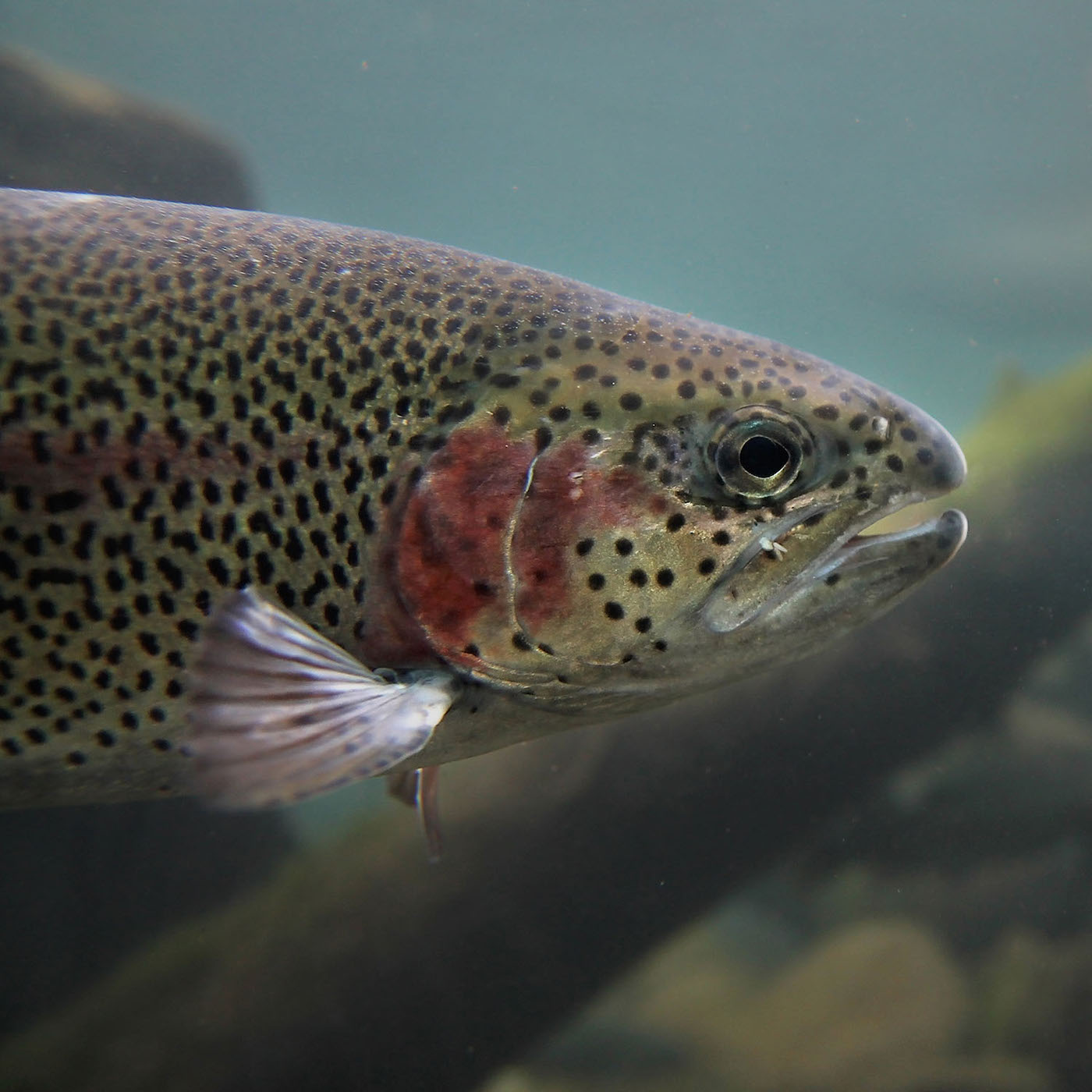
Protect Fish
Scientists confirm that fish feel pain and suffer. Protect these sensitive beings by choosing plant-based alternatives to animal food products.
Recommended
